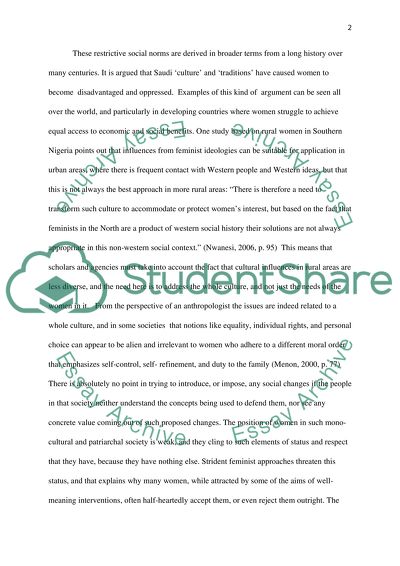Cite this document
(“Societal norms and rules in Saudi Arabia Research Paper”, n.d.)
Retrieved from https://studentshare.org/sociology/1413746-societal-norms-and-rules-in-saudi-arabia
Retrieved from https://studentshare.org/sociology/1413746-societal-norms-and-rules-in-saudi-arabia
(Societal Norms and Rules in Saudi Arabia Research Paper)
https://studentshare.org/sociology/1413746-societal-norms-and-rules-in-saudi-arabia.
https://studentshare.org/sociology/1413746-societal-norms-and-rules-in-saudi-arabia.
“Societal Norms and Rules in Saudi Arabia Research Paper”, n.d. https://studentshare.org/sociology/1413746-societal-norms-and-rules-in-saudi-arabia.


